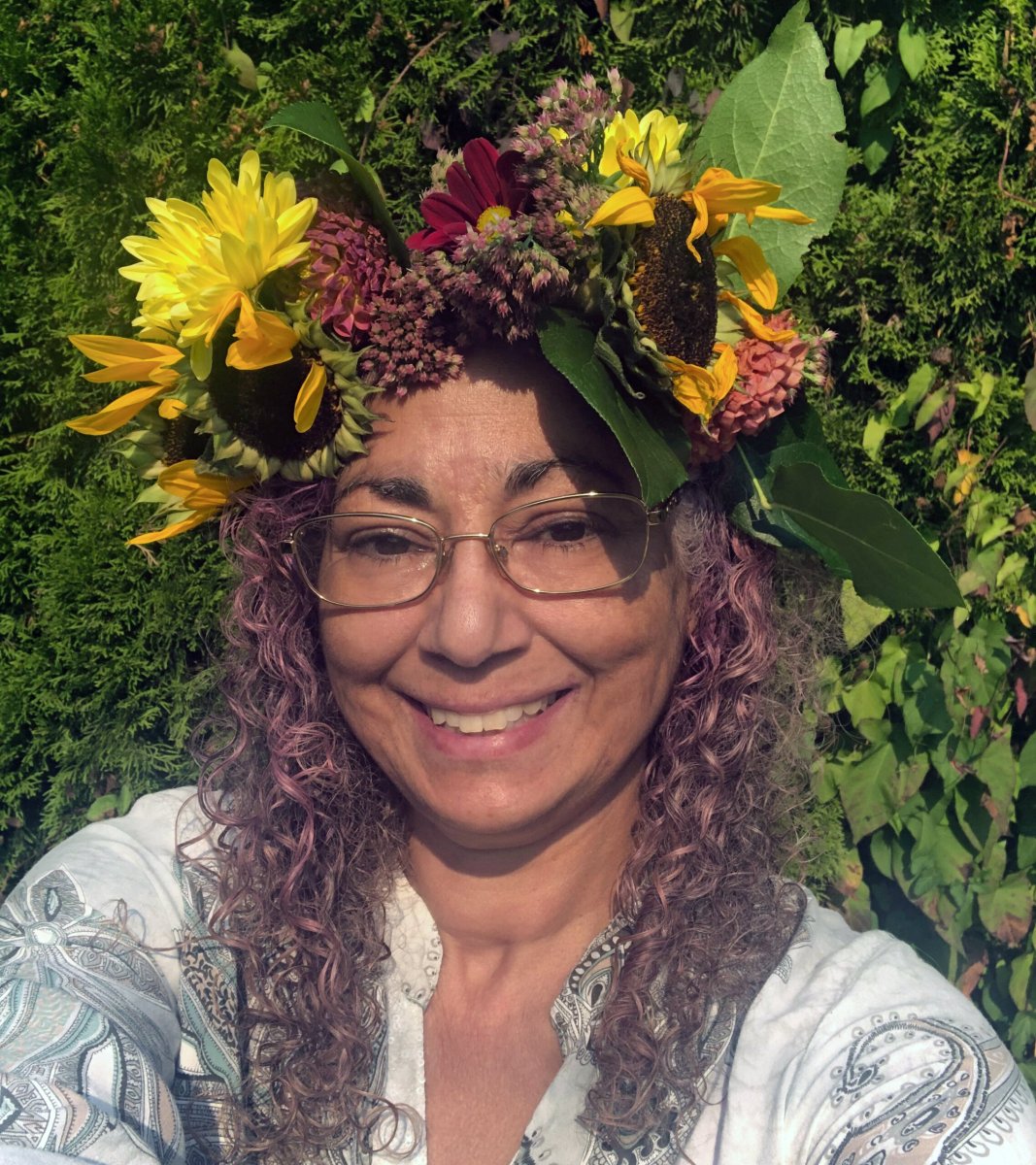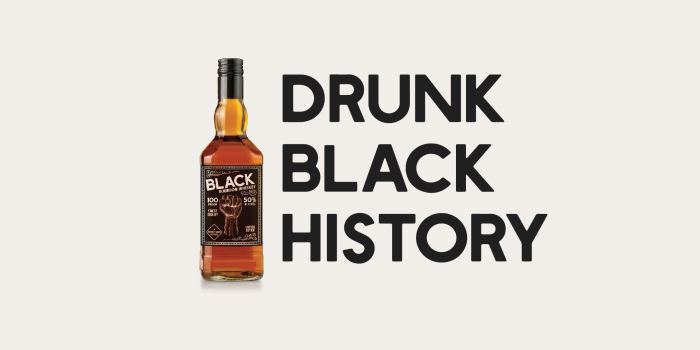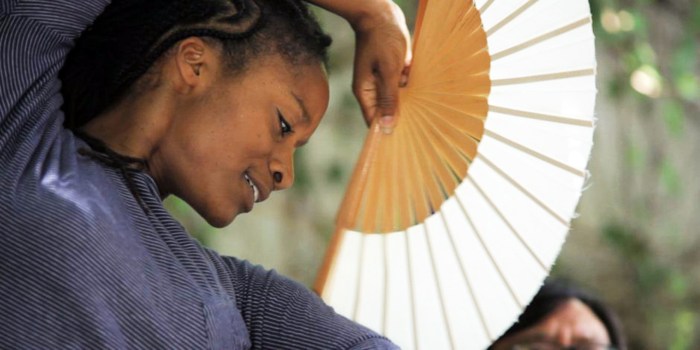Rose L. Williams began her creative journey studying trombone and playing music in her high school band, which may surprise many people. “Two of my uncles were professional Calypso and Reggae musicians and I was strongly influenced by them in my youth,” she said.
She was born in Quebec, Canada, while her parents and two older brothers were born in Trinidad and Tobago. “My father was born in Port of Spain and raised in St. Ann’s. He attended St. Mary’s College and earned scholarships to study abroad at McGill University in Montreal, Canada, where he met my mom,” she added.
Her brother Eddie and his family have lived in Rio Claro for many years. She tries to spend at least a month back home every year or two, and when she’s visiting, she has her uncle to visit in Lambeau as well as a Tanti (aunt) and cousins she adores living in Carapichaima. She also visits her uncle in Maraval. “He makes me feel so at home and welcome there. It warms my heart when I am back living alone and cold in the rain of Vancouver,” she stated.
Her first time in Trinidad was for a couple months there in 1971 and she thought it was paradise. Some of her favorite memories include bathing at the standpipe, catching crab by the river after the rains fell, helping to churn the homemade soursop ice cream with my numerous cousins and learning to cook from all of her wonderful aunts.
It was different culturally from growing up in Ville de Lorraine, Quebec, for a few reasons.
“It was where my mom took me camping and taught me how to make a fire from scratch during a rainstorm, and go cross country skiing to school in a blizzard, waiting for the hockey boys to go home so I could have the skating rink to myself. “I went to French Immersion so I learned to appreciate the culture from within,” she continued.
Williams sees her late aunt Carmen Young, who was a talented textile artist specializing in embroidery, as one of her greatest influences on her path to being an artist today.
“She took herself from a shack in St. Ann’s to traveling the world on what she earned herself with her creativity, skill and determination. She gave me literature to read, took us to play at the river and encouraged my every creative endeavor from childhood onwards. She even gave me the tuition for my first semester of Expressive Arts Therapy training in 2006,” Williams said.
She became interested in art after witnessing her grandfather, a design engineer, do outdoor sketching on the weekends, taking the time to give me tips and techniques when she drew as a child.
“This made me want to improve my drawing and I spent many hours on it. In high school I was very lucky to have three dedicated art instructors who all encouraged me to enter a school board wide logo contest,” said Williams.
She ended up winning a gift certificate for her art, which was used by the school board in its logo for more than 30 years.
At graduation, the school presented her with the Excellence in Art Award and a book about a Canadian group of seven artists by Arthur Lismer that influenced her greatly with his theories.
Williams was featured as a Sunday Artist of the Day for Calabar Gallery on Jan. 7. The collaboration came together after she met Art Curator Adeline Gregoire at an art event in Trinidad and became aware of her excellent work.
In 2022 Calabar Gallery hosted an interview between Gregoire and lead curator Atim Annette Oton, in which the two of them spoke about how important an embodied connection to land is to the art we make.
“The influence of place and psycho-geography in my work stems from a similar understanding of how it can influence the outcome of our creativity,” she stated. A feeling of coming from and belonging to two different places has been a theme in her life and artwork, even though she didn’t know there was a place or country such as Trinidad & Tobago until I arrived there.
Williams also has endometriosis, and according to the March 2023 fact sheet by the World Health Organization (WHO), it is “an incurable, progressive disease that affects 1 in 10 cis-gendered females and is the common cause of pelvic pain, heavy bleeding & infertility symptoms.”
For Williams, it went undiagnosed for decades and she dealt with repeated discrimination and dismissal, which is often the case in the disability community. She was able to have her son in Trinidad in the 1990s, which was a miracle.
Once she returned to Canada and was diagnosed, spent 11 years seeking effective treatment. She went through 19 surgeries, and in 2004 she had a surgery leaving her paralyzed from the waist down.
Now she lives permanently with missing ligaments, organs and muscles that cause internal disruption and an invisible disability that sadly still carries the stigma of being referred to as “a woman’s problem,” she said.
“A common motif in my artwork is a blue hospital gown which I use both as a symbol of humanity’s unhealthy relationship with our Environment and as a personal symbol of triumph and resilience. Telling my story is an act of courage and hopefully helps to raise awareness about endometriosis and lead to more positive outcomes for all the people affected by it,” she added.
She is a member of the nonprofit organizations Kickstart Disability Arts and Culture (KDAC), as well as the Art Society of Trinidad and Tobago (ASTT). Being in KDAC, she has been exposed to the working strategies of several skilled art directors, curators and many inspiring creative artists.
“Through the initial art festivals, calls for group shows and professional artist presentations I learned a great deal about how to present my art competently,” she continued.
Being in ASTT, Williams was introduced to the annual members group show in 2016 when she was visiting Trinidad, courtesy of a Canada Council for the Arts Creative Research grant. Participation enabled her to meet and network with some of Trinidad’s most active creatives.
She absolutely wants to inspire anyone who enjoys going for a walk in their local community to begin observing their environment in detail.
As a woman whose doctor said she would not be able to have a child, Williams sees her son as her legacy.
“I hope that he and the people I have touched both in life and through my art will consciously savor each precious, transient moment of beauty, grace and joy that life brings them, in spite of whatever weight they may carry, when thinking of me,” she said. “Throughout my battle with an intractable disabling disease, I just never gave up. I allowed the healing power of nature’s beauty to always lift me up.”
To support Williams and her artwork, those interested can follow her on her social media platforms which can be found on her website: https://www.roselwilliamsarts.com/.
Her work is also available for purchase in partnership with Calabar Gallery, located at 306 W 38th St, New York, NY 10018. Those interested in finding out more information on how to purchase her work can reach Atim Annette Oton at this email address: info@calabargallery.com.



























